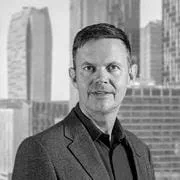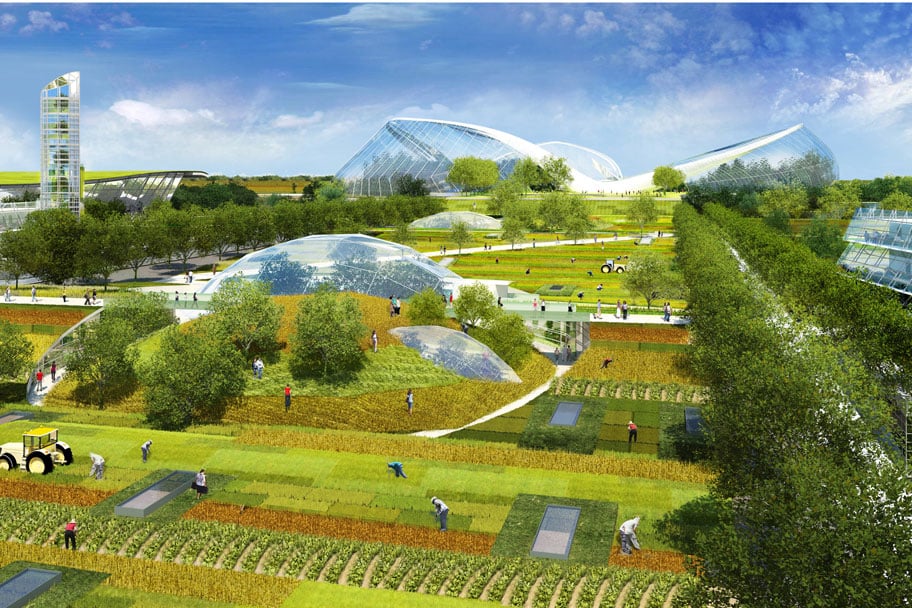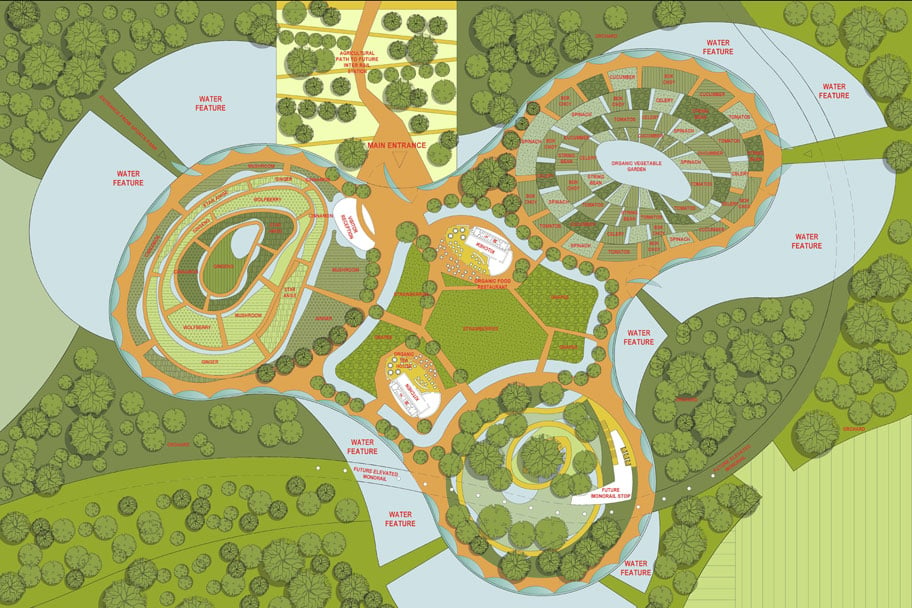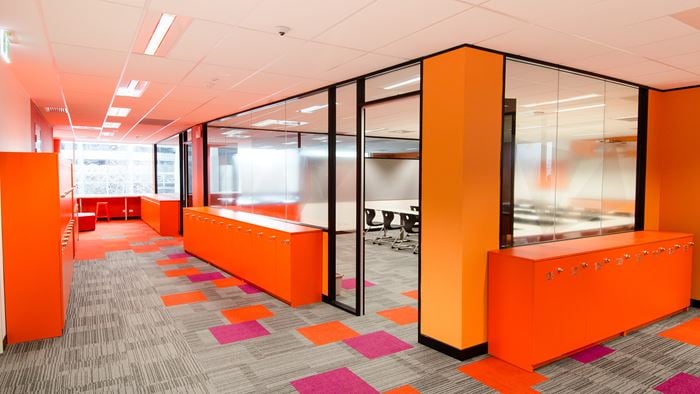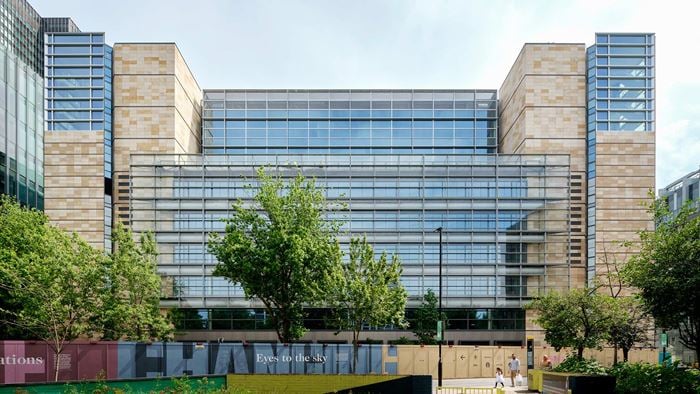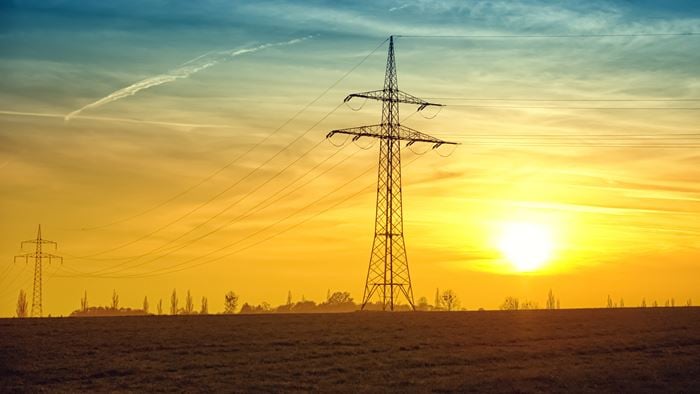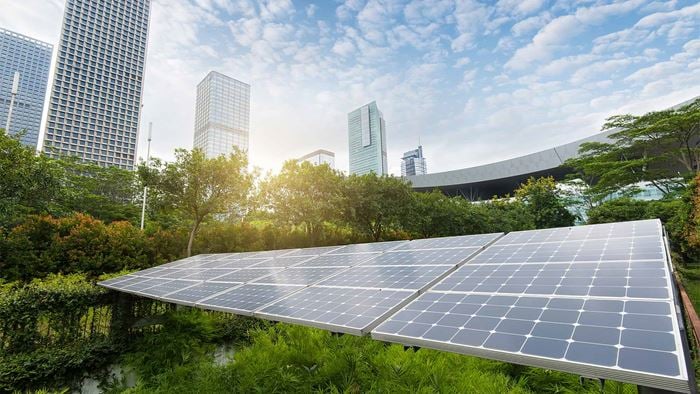Upon completion in 2020, the COFCO Agricultural Eco Valley in Beijing, China will represent a radical experiment in planning a new social model of living and working. Rooted in an intensely local focus, it suggests a way beyond the increasingly unsustainable march of globalisation.
The Eco Valley, which will eventually be home to between 70,000-80,000 people, will combine residential, commercial, industrial, and agricultural development. It will demonstrate a closed-loop approach toward the key resources of energy, water, and waste on a single site, emphasising the scarce resource of food and its production at the core of the master plan.
The Los Angeles offices of Arup and Moore Ruble Yudell Architects and Planners, with support from Arup's Shanghai office, were appointed in April 2011 by the client, COFCO Corporation, which is China’s largest diversified products and services supplier in agribusiness and food industry. Arup is providing conceptual planning, logistics, energy, and infrastructure consulting services.
The nearly 2,500-acre, low-carbon development will feature low and high-density housing, hotel, an exhibition centre, orchard golf course, restored wetlands, commercial and retail buildings, greenhouses and a signature botanical garden attraction, farmlands, industrial agricultural processing facilities, research laboratories, and transport infrastructure that connects the site to the greater Beijing area. The master plan proposes to target a China three-star rating for the buildings within the development.
The Eco Valley will achieve low-carbon and is targeting carbon neutral status in operation through a tiered strategy of reductions and offsets, focused within three district energy plants located throughout the development. This strategy includes the following:
-
Energy efficient plant equipment;
-
Ground-source heat pumps;
-
Energy recovery systems;
-
Combined heat and power generation plants;
-
Alternative transport using bio-fuels;
-
Solar water heating;
-
Wastewater reuse to reduce on-site treatment demands;
-
65MW bio-mass-fuelled electricity generation using waste from agricultural production; and
-
Sequestration of CO2 through the use of innovative algae reactor pools.
Designing cities for climate change
The urban model represented by the Eco Valley project responds to potential climate change models developed with scientific consensus by the United Nations’ Intergovernmental Panel on Climate Change (IPCC). The IPCC’s A2 climate model, which assumes a continued rise in emissions in the coming decades, provides a view of the future world with economies dependent less on global trade and more on local resources.
In the IPCC’s Emissions Scenarios report (from 2000), the social framework in this climate model is described as a “very heterogeneous world” with a theme of “self-reliance and preservation of local identities,” concluding that “economic development is primarily regionally oriented and per capita economic growth and technological change are more fragmented and slower.”
Arup’s master plan for the Eco Valley offers a model for how urban development can respond to these new climate demands by integrating scarce resources, namely food, into the essential operation of a city occupied by people who can live and work within its boundaries. The site consists of four main zones surrounding central farmland:
-
Research and development;
-
Agricultural production;
-
Residential;
-
Social housing.
Farmland and free-range livestock areas have been innovatively woven into the plan so that all zones and building types - residential, commercial, industrial - access this agrarian space both visually and physically, eliminating the real and conceptual divide that historically separates food production from consumption. The crops proposed to be grown at the Eco Valley will include a diversity of vegetables and fruit, as well as crops for producing biofuel or for conversion to energy.
The agricultural concept focuses on using energy holistically to achieve zero carbon. A key component of the strategy is an environmentally-sensitive farming process focused on local food demand and consumption, as well as energy-saving provisions including the reduction or elimination of costs associated with transportation, refrigeration, and packaging.
The master plan also proposes an innovative aquaponics system that combines fish and vegetable production by circulating water through both fish tanks and plant growing medium, providing rich nutrients to the plants and purified water to the fish.
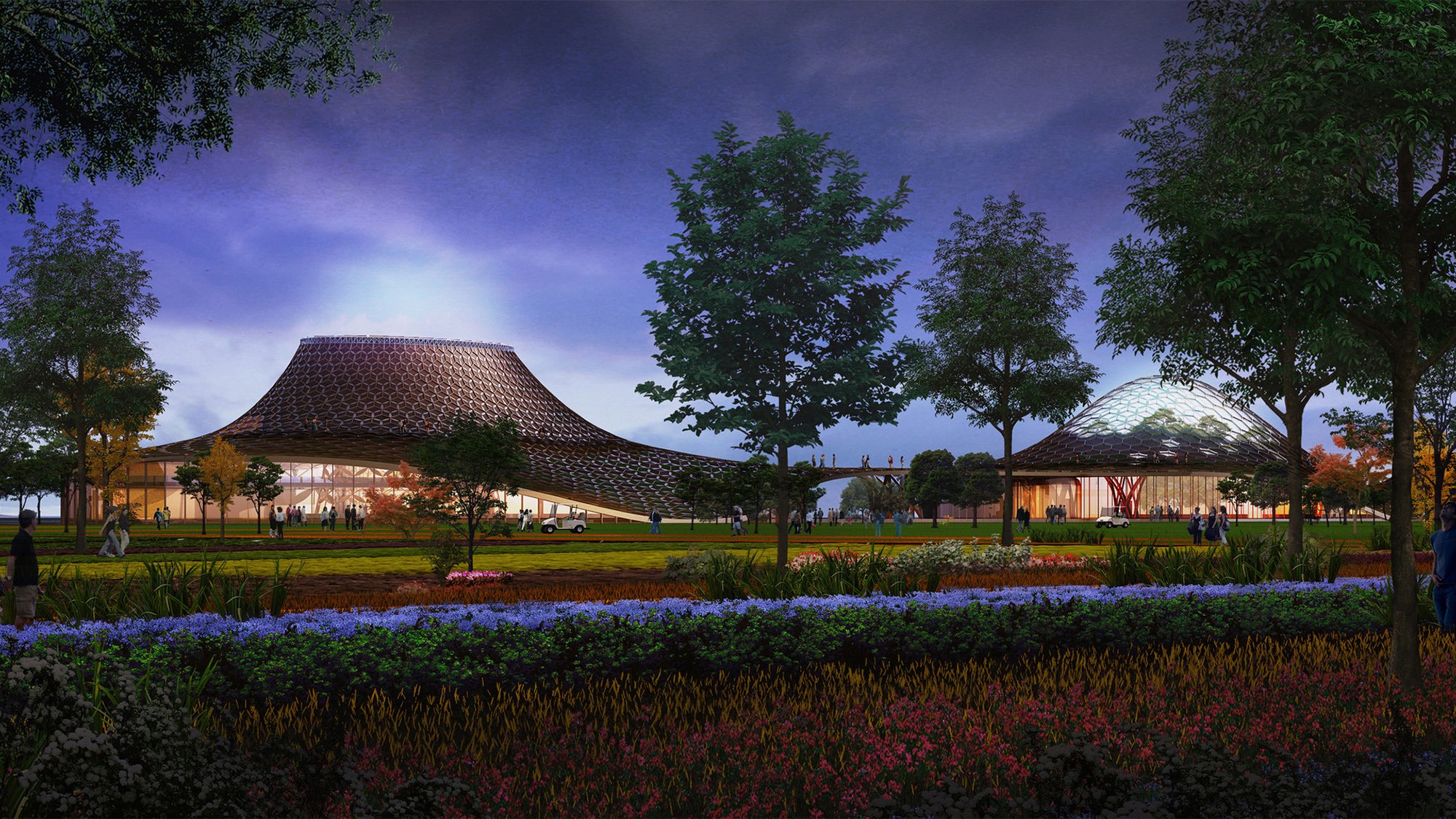 ;
;
